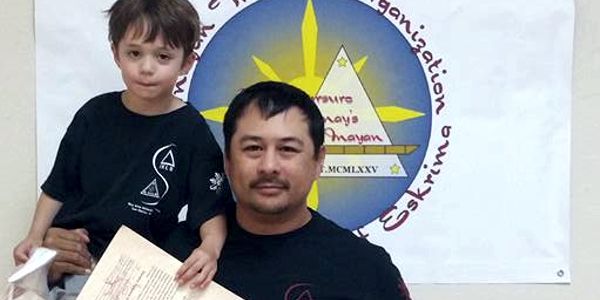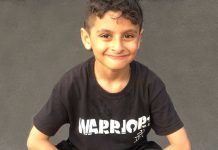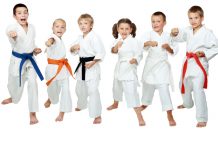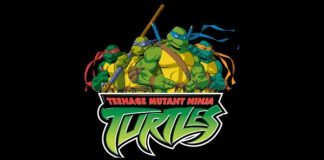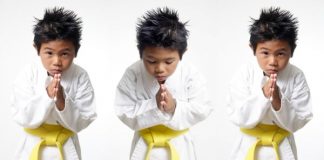There are many activities available for children and martial arts training for children can be one of the premium choices. As an extracurricular activity, some of the benefits of martial arts are that self defense training is not subject to seasonal scheduling and focuses on each individual child’s development. Martial arts are also encourages goal oriented training, with a well established reward system. This is extremely important to children’s growth as they develop into well rounded and well adjusted individuals.
Another benefit is competition. Most martial arts have competitions where children and adults can participate. A child who is training in a Filipino art, like ours, will benefit from participating in a competitive event nearly every month. In the Inayan System of Eskrima we help and encourage kids to participate as an option in any FMA event. The ISE also has both a Sash testing procedure where the children earn higher level sashes as they progress through the art of Inayan Eskrima as well as a Medalion to wear at certain major milestones in their achievement. These well defined goals help to impart to each student a sense of accomplishment which in turn enhances their self-esteem and self-confidence.
In terms of physical development martial arts provides a perfect way for children to develop strength, flexibility, and coordination. The traditional forms taught in many martial arts and self defense schools develop the body through continued exertion as well as require an obvious measure of coordination in order to perform correctly. Depending on the style, flexibility will be stressed differently. Kicking styles such as Tae Kwon Do will stress flexibility in the legs above all else. Capoeira, a Brazilian Martial Art, stresses both flexibility in the legs as well as the torso and is very demanding on the upper body as well. Styles such as Eskrima, a Filipino Martial Art, stresses upper body endurance, eye hand coordination, and flexibility of the shoulders and arms.
In our Inayan System of Eskrima we work on developing the body for Escrima/Eskrima (both spellings are common) and this requires a rigorous battery of techniques and drills. The founder of the Inayan System of Eskrima, Mangisursuro Mike Inay, also taught many group drills that are taxing on the endurance and flexibility of the whole body. As a child or adult student progresses through the Inayan system, they gain coordination, speed, and power with each movement whether it be for empty hand or weapon styles.
Mental development is another benefit of studying martial arts and parents will see this development in their children as they continue to train. Focus is another benefit of martial arts as most martial arts teach complex forms which challenge students, especially children, while they enjoy training. Concentration is also developed as students learn complex movements and perform them under the pressure of reflex drills or sparring exercises.
Another benefit of martial arts is the development of crital thinking. In Inayan Eskrima, each class utilizes multiple opponent exercises to develop strategic and tactical thinkin and discussions regarding Eskrima/Kali/Arnis theory, philosophy, and principles are an integral part of training.
A fighting spirit is another benefit of studying martial arts. While training, each student will be confronted with challenges that may be difficult and may leave the student with a desire to quit, or to feel that it is “just too hard”. Good martial arts instructor’s will coach each student through the challenging times, and the child will come out of the challenge with an indomitable spirit and a sense of self motivation that will help him or her conquer greater challenges in life.
Perhaps the greatest benefit of martial arts training for children is the sense of ethics that martial arts encourages. Martial arts are essentially the military secrets and warrior traditions of different civilizations. Part and parcel to this noble tradition is a code of ethics that is present in virtually all martial art schools and traditions. Central to these are honesty, respect, and courtesy. This code may vary from school to school and art to art and is something a parent should ask about when they choose a martial arts school for their children.
The Inayan Code of Conduct is composed of nine components, each value is meant to guide and develop a warrior’s ethic in the practitioner. These components are Honor, Respect, Veracity, Justice, Ethic, Loyalty, Discipline, Rule, and Conduct. The intention of the code is to develop each student with not only the ability to use their martial arts, but also the ability to distinguish appropriate situations for the use of their skills and knowledge.


